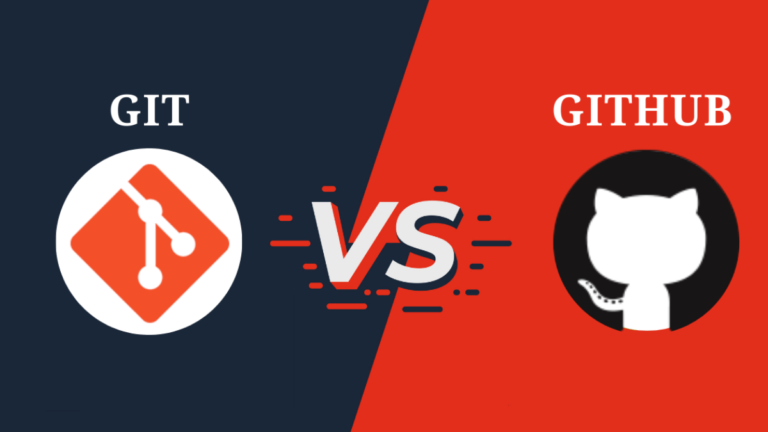
In the world of software development, version control is like a time machine for your code. It lets you track changes, experiment without fear, and collaborate seamlessly with others. Whether you’re building a small personal project or working on a massive team effort, version control is essential. Two names dominate this space: Git and GitHub. While they’re often mentioned together, they serve very different purposes. Let’s break down what each one does, how they differ, and why they’re both indispensable for modern developers.
Git was created in 2005 by Linus Torvalds, the same person who created Linux. At the time, the Linux kernel development team needed a better way to manage their code. Existing version control systems were either too slow, too complicated, or didn’t scale well for large projects. Torvalds built Git to be fast, distributed, and flexible—and it quickly became the gold standard for version control.
At its core, Git is a version control system (VCS). It tracks changes to files over time, allowing developers to:
Git is distributed, meaning every developer has a full copy of the project’s history on their local machine. This makes it incredibly resilient and fast, as you don’t need to rely on a central server for most operations.
Before Git, many teams used centralized version control systems like Subversion (SVN). These systems relied on a single server to store the project history, which created bottlenecks and single points of failure. Git’s distributed model changed the game by:
GitHub was launched in 2008 by Tom Preston-Werner, Chris Wanstrath, and PJ Hyett. They recognized that while Git was a powerful tool, it lacked a user-friendly way to share code and collaborate. GitHub filled that gap by providing a cloud-based platform for hosting Git repositories and adding features like pull requests, issue tracking, and code reviews.
GitHub is a hosting service for Git repositories. Think of it as a social network for developers. It takes Git’s version control capabilities and adds a layer of collaboration tools, including:
GitHub also provides a central place to store your code in the cloud, making it easy to share with others and back up your work.
GitHub didn’t just make Git easier to use—it fundamentally changed how developers work together. By introducing features like pull requests and code reviews, it encouraged open collaboration and transparency. Today, GitHub is home to millions of open-source projects, from small libraries to massive frameworks like React and TensorFlow.
Git:
GitHub:
While Git and GitHub are the most popular tools in their respective categories, they’re not the only options. Here are some alternatives:
Git Alternatives:
GitHub Alternatives:
Git and GitHub are like peanut butter and jelly—they’re great on their own, but they’re even better together. Git handles the heavy lifting of version control, while GitHub provides a platform for sharing and collaborating on code. Here’s how they complement each other:
For modern developers, knowing both Git and GitHub is non-negotiable. Git is the foundation of version control, and GitHub is the go-to platform for collaboration. Whether you’re working on a solo project or contributing to a massive open-source effort, these tools will be part of your daily workflow.
By mastering Git, you’ll gain a deep understanding of how version control works. And by using GitHub, you’ll learn how to collaborate effectively with others. Together, they form the backbone of modern software development.
So, dive in, experiment, and don’t be afraid to make mistakes—that’s what version control is for! Whether you’re committing your first change or reviewing a pull request, Git and GitHub have got your back. Happy coding!